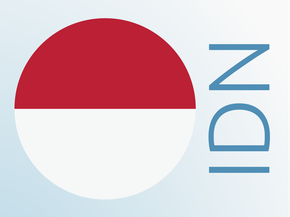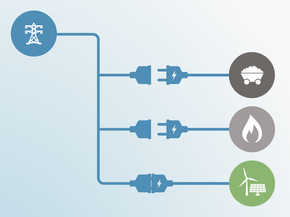Fair Share
Fair share
We rate Indonesia’s Nationally Determined Contribution (NDC), excluding the land use, land-use change and forestry (LULUCF) sector, as “Highly Insufficient.” The “Highly insufficient” rating indicates that Indonesia’s climate commitment in 2030 is not consistent with holding warming to below 2°C, let alone limiting it to 1.5°C as required under the Paris Agreement, and is instead consistent with warming between 3°C and 4°C: if all countries were to follow Indonesia’s approach, warming could reach over 3°C and up to 4°C. This means Indonesia’s climate commitment is not in line with any interpretation of a “fair” approach to the former 2°C goal, let alone the Paris Agreement’s 1.5°C limit.
The CAT ratings are based on climate commitments in NDCs. If the CAT were to rate Indonesia’s projected emissions levels in 2030 under its current or planned policies, Indonesia would fall into the “Insufficient” rating range.
The LULUCF sector is a significant source of emissions for Indonesia; however, CAT ratings do not consider this sector. For more information click here.
Further information about the risks and impacts associated with the temperature levels of each of the categories.
Further analysis
Country-related publications
Stay informed
Subscribe to our newsletter






